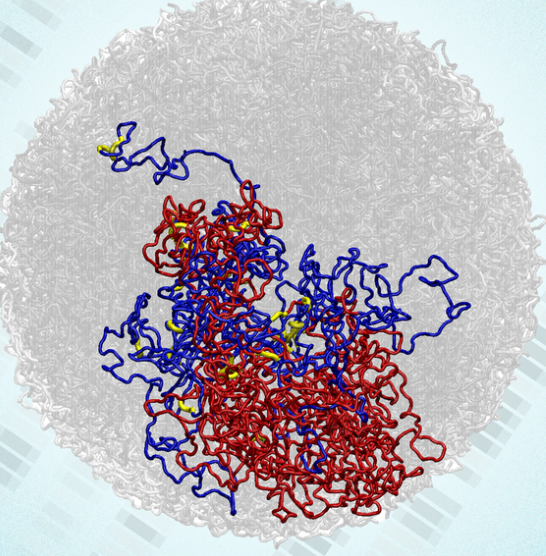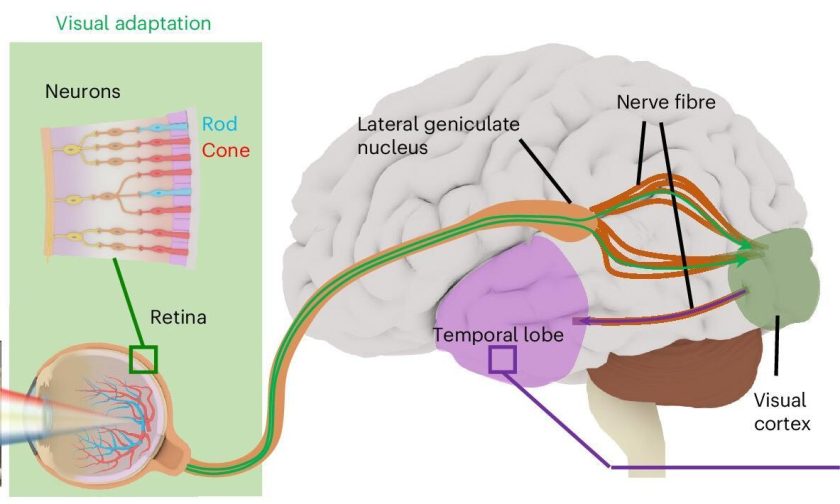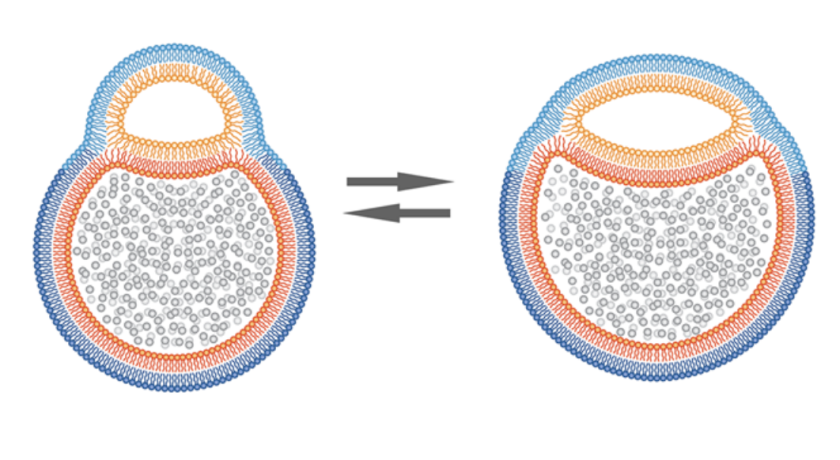Today various beauty treatments and products are available, which claims to slow down the effect of aging and thus prolonging youthfulness. Recently a team of researchers from Harvard Medical School, the National Institute on Aging and the University of New South Wales, Sydney, Australia has discovered an element of aging, which can be reversed at molecular level.
Disruption of active communication over the time between the nucleus and the mitochondria of the cells is considered to be the prime reason behind the aging process. By employing a chain of molecular events, the communication can be restored effectively. Scientists found that a molecule found in human could effectively reinstate this cellular communication in mice. And on further analysis of the tissue sample showed vital biological indication and sign similar to those of young mice.
As already known, mitochondria is the power house of the cell providing the required energy for the different biological function. With advancement in age, the ability of the mitochondria to generate energy deteriorates leading to aging and other age related disorders as Alzheimer’s disease and diabetes. When the cell is not able to use insulin, they could not even take glucose require for the cell activities.
Researchers anticipating to slow down the aging in muscle, induced mice with a co-enzyme known as nicotinamide adenine dinucleotide (NAD+). Surprisingly after a week, the mice muscles were found to be healthy and toned showing that the co-enzyme drastically reversed the aging effects. The compound acted as a reservoir of youthfulness. Thus proving that in humans and many other species the aging is related to wear and tear in the mitochondria of the cell.
The mother passes the essential mitochondrial DNA liable to convert into the powerhouse of the cell and producing the ATP, which is consumed, by the cell for energy. Due to aging, the mitochindrial genes stop interacting with the genes from the nucleus. And the NAD+ level get reduced to almost half in an aging mice. In humans, the drop in NAD+ can be avoided by regular exercise and proper diet. On restoration of the pivotal compound to its original level, gave skeletal muscle a new life just like exercising.
The study is still going on before the same results can be achieved for humans. If the trails in humans become successful then it would be possible for a 60 year old man to achieve the youthfulness of a 20 year old (for certain aspects). We will have to wait a little longer before we can try to be young again.
Source: I Fucking Love Science




